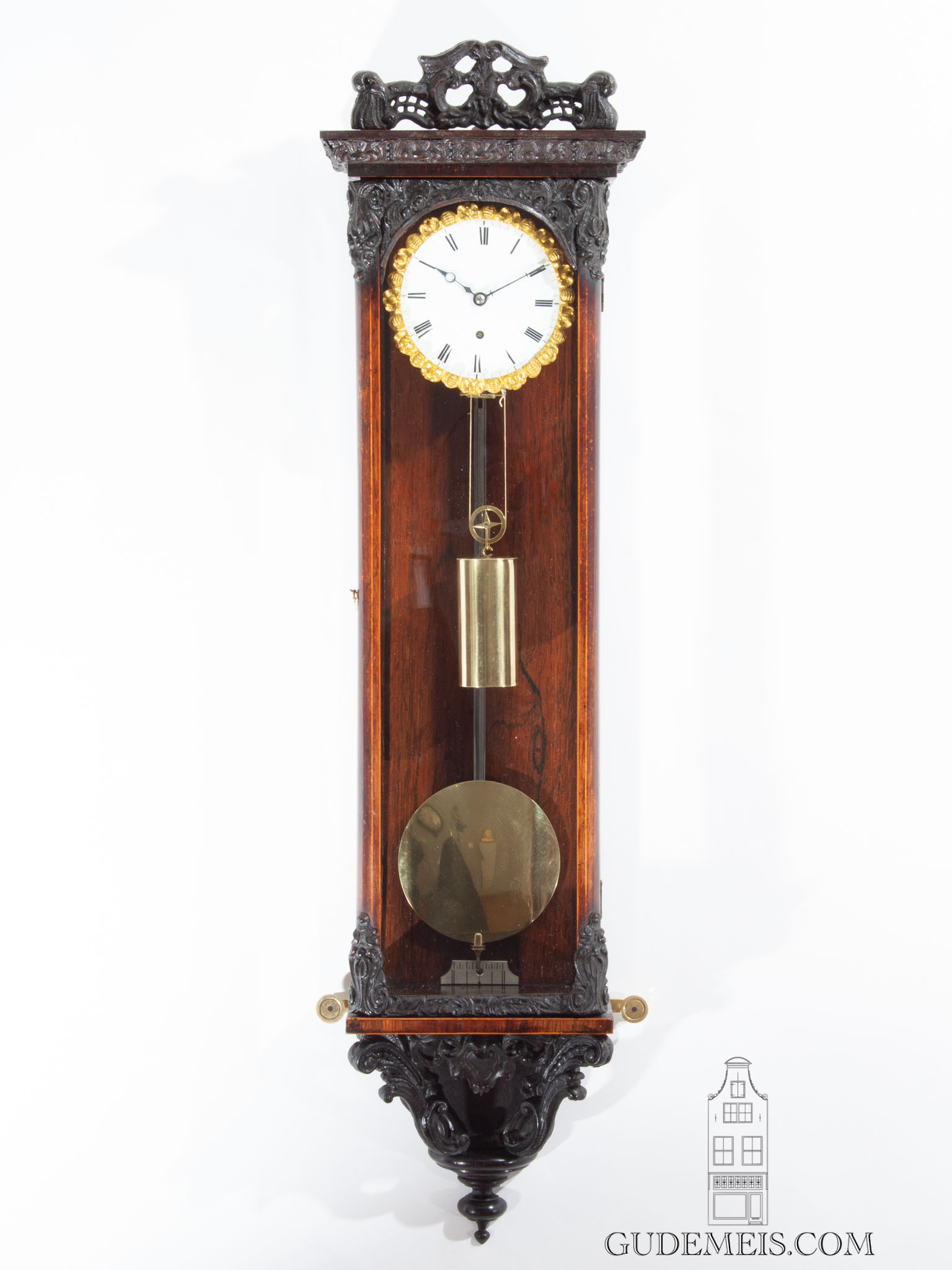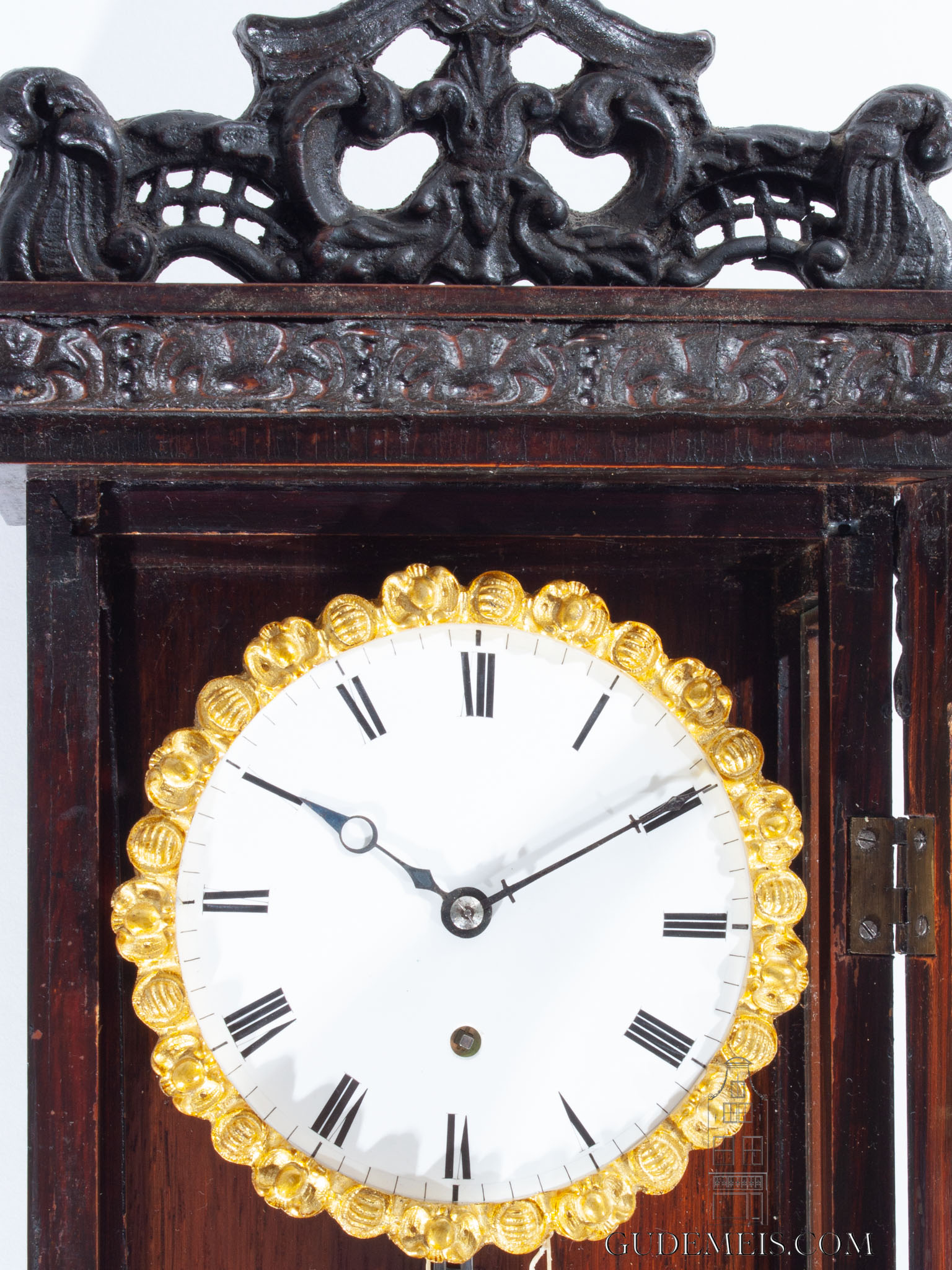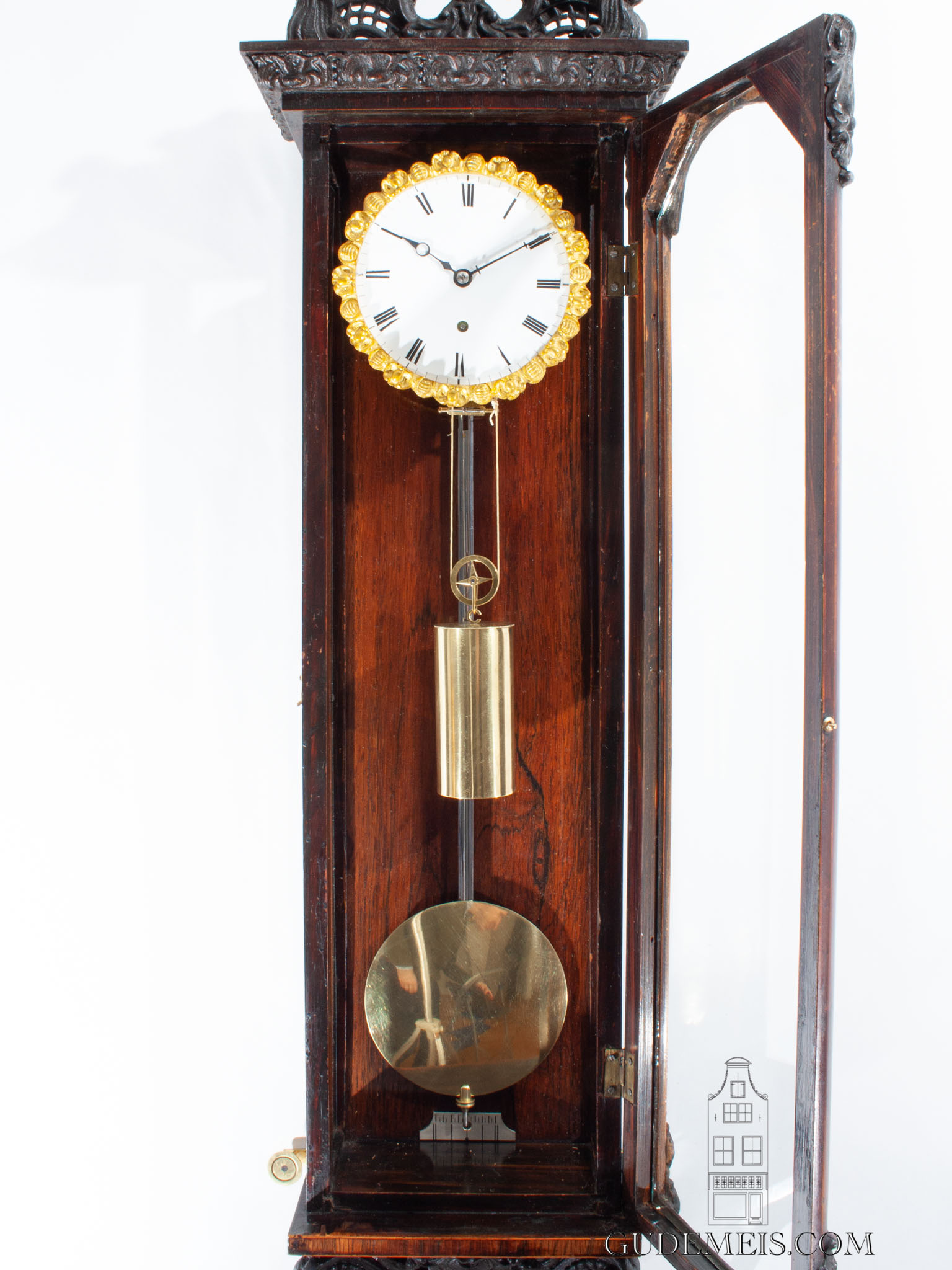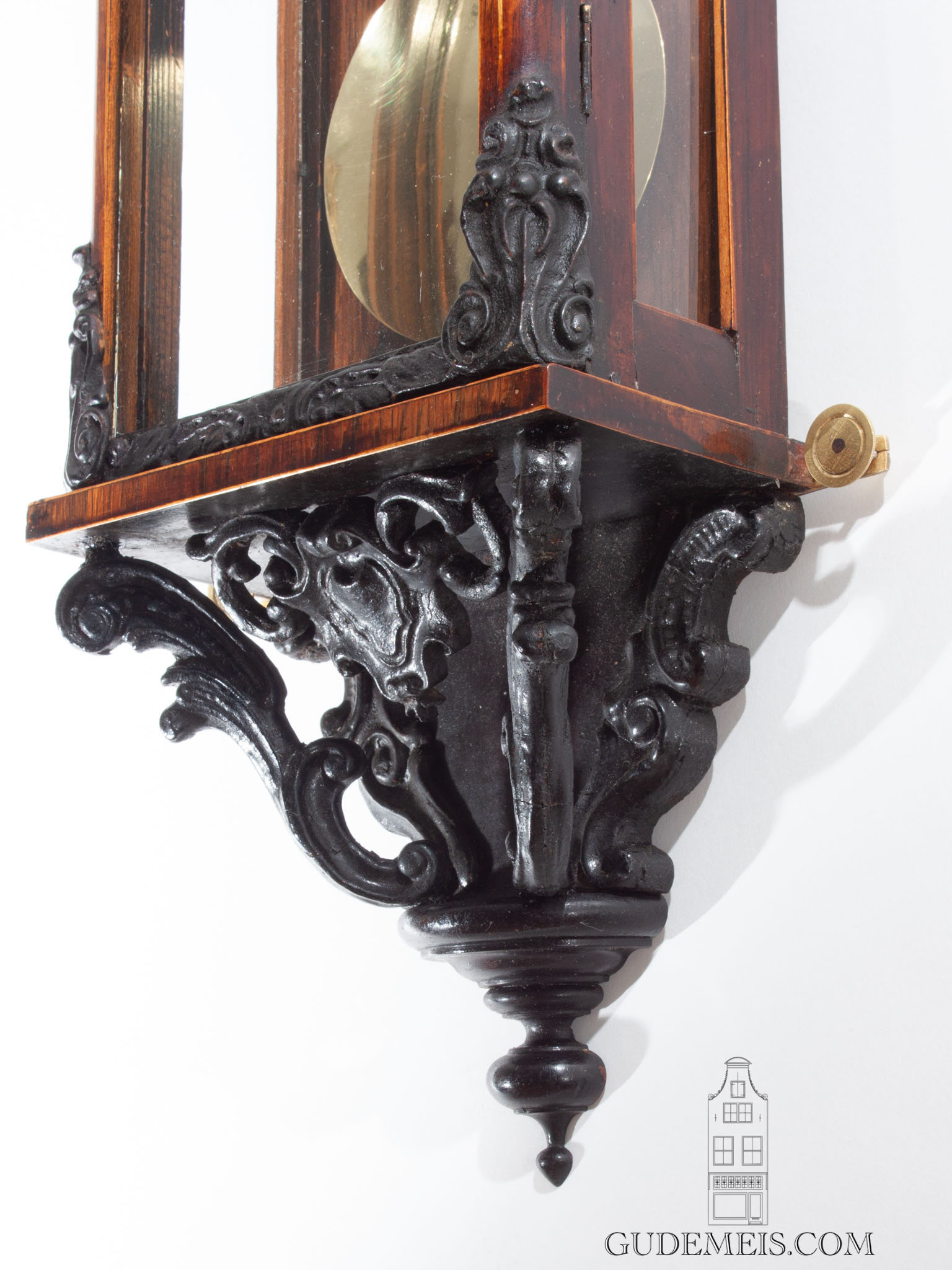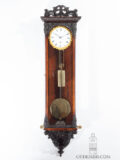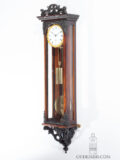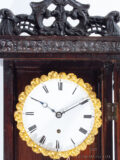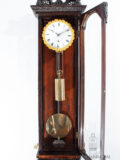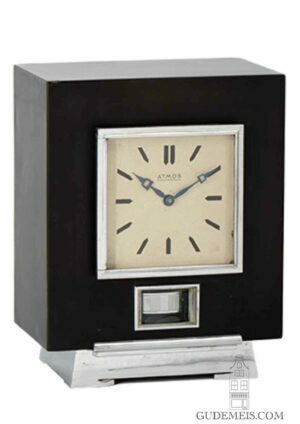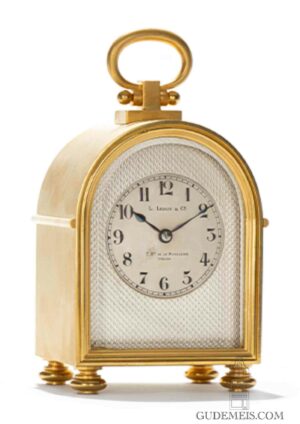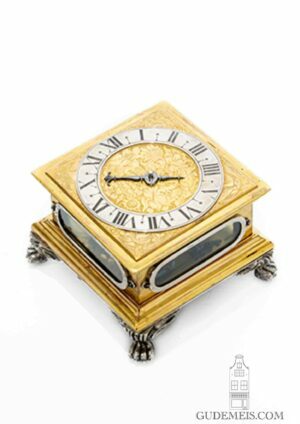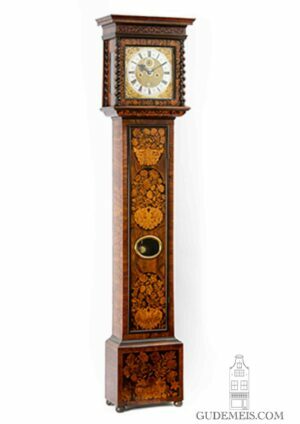A small Austrian Vienna rosewood wall clock, circa 1850.
Description
Vienna regulator
This lovely small clock belongs to the group of Vienna Regulators. In the last quarter of the 18th Century a tradition developed of a type of wall clocks in Vienna and the Austrian Hungarian Empire. Characteristics of the type are slender cases with large glass panels and lightly built well function movements. The first type of the category is the ‘Laterndluhr’ or nine-glass wall clock. After that the ‘Dachluhr’ came into fashion. From 1840 on a little more ornament was applied to these clocks of which this is a very small example. Because most of these clocks aren’t equipped with compensated pendulums etc, strictly speaking these clocks aren’t regulators. But because the well built movements perform very well this type is often called ‘regulator’.
Ormolu bezel
The 8.5-cm enamel dial has Roman numerals. It is fitted with a well cast and chiseled ormolu bezel adourned with flowers. The hands are made of blued steel.
Weight driven
On a separate brass plate mounted on the back panel the movement is suspended with key hole locking. It is weight driven and has a duration of a week. There is stopwork preventing the clock to be overwound. It is regulated by anchor escapement in combination with a separate suspended pendulum. This pendulum has a steel rod which is a mark of quality. There is fine regulation to the crutch.
The case
The straight rosewood case is adourned with foliate gesso mounts. The movmement and pendulum are nicely visible because of the three glass panels. The case terminates in a lovely open bracket with finial.
